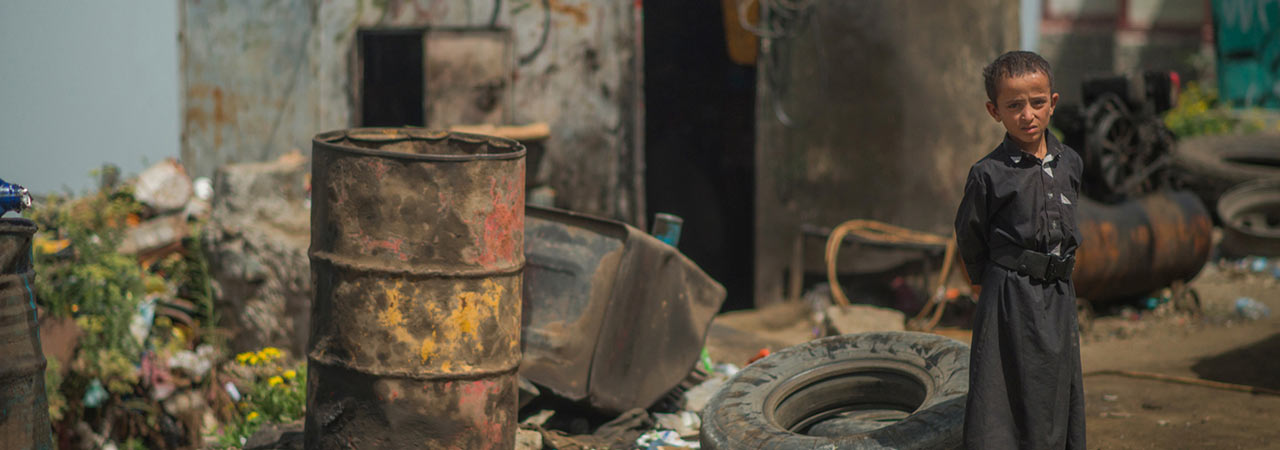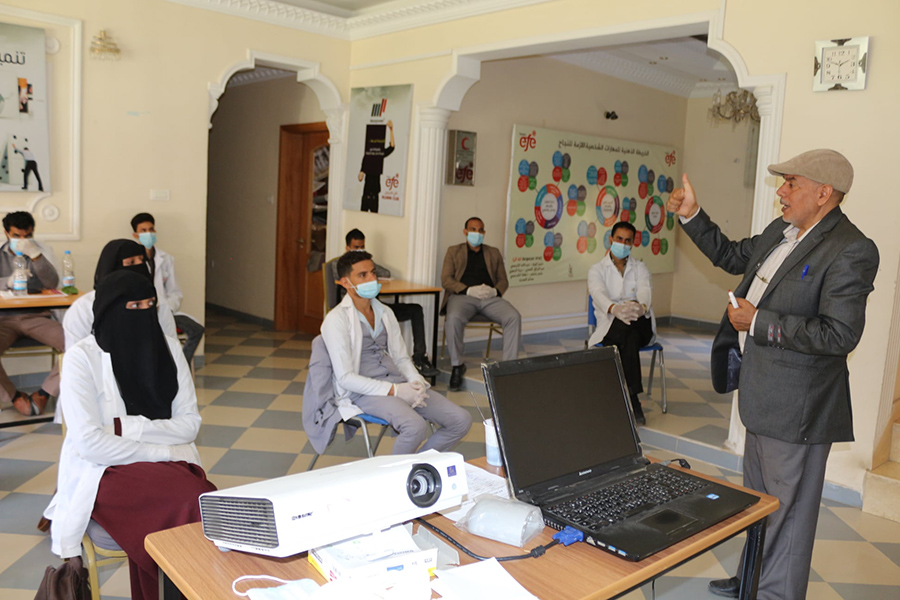The Yemen Crisis: Facts and How to Help

The Humanitarian Crisis in Yemen
Background
Fear of famine looms in Yemen as the civil war there continues. Forces loyal to the government — backed by a Saudi Arabia‑led coalition — and Houthi continue to fight, endangering the lives of a population the size of Texas. According to the Armed Conflict Location and Event Data Project, approximately 130,000 people have died as a direct result of the violence, including 13,000 civilians.
Current Crisis
The conflict and a supply blockade have resulted in the worst humanitarian disaster in the world. An estimated 3.3 million people are displaced from their homes due to the war and a staggering 80 percent of the population is in urgent need of aid, and UNICEF estimates that half of all children under 5 are likely to suffer from acute malnutrition in 2021. A reported 1.1 million malnourished pregnant and breastfeeding women and more than 2 million malnourished children need urgent assistance to survive.
Health systems have collapsed, along with access to clean water and sanitation, which has led to deadly cholera outbreaks and other diseases. An estimated 3.3 million people have been displaced, and more than twice that number have lost their livelihoods. With only 50% of health facilities in the country functioning, the health system is unable to meet people’s lifesaving needs. Hospitals and clinics face crippling staff, medicine and equipment shortages.
CRS and Partner Response
CRS is working with two partners in Yemen, Caritas Poland and Education for Employment, to strengthen health systems, support youth livelihoods, rehabilitate water and sanitation infrastructure, and prevent the spread of COVID-19. Activities include the following:
Strengthening the Capacity of Medical Facilities
- Designing a youth training and jobs program based on staffing needs of partner medical facilities
- Identifying highly valuable, unemployed young adults who have academic certificates in healthcare fields
- Partnering with local organizations that have strong networks of women to work with employers to ensure a culturally appropriate work environment
- Matching trainees with job opportunities at partner medical facilities
- Carrying out COVID-19 prevention campaigns and providing hygiene items
Strengthening Health Facilities
- Improving medical facilities' water and sanitation infrastructure
- Providing soap, disinfectants, gowns, uniforms, masks, gloves and waste management containers
- Training staff in infection prevention and control protocols, including screening, triage and referral of COVID-19 cases to specialized facilities
CRS is currently pursuing registration with the hope of establishing a significant presence and expanded program in Yemen in the near future.
FAQ
When did the Yemeni Civil War begin?
While there has been fighting in Yemen for several years, the start of the current conflict is considered to be March 2015. The main groups fighting are the Houthi and the Yemeni government.
Why is the humanitarian crisis so severe?
Because of COVID-19, ongoing fighting, and the occasional closure of ports and border crossings, it can be difficult for aid to reach the people who need it. Even before the war, Yemen was the poorest country in the Arab world with nearly half of the population being undernourished. Food prices have gone up during the conflict and with limited opportunities for work, families have few options to obtain what they need to survive.
How can I help?
You can donate to the crisis here or set up your own fundraising page.
How else can you help?
Can you help us to get the word out?
Follow and retweet @catholicRelief and @CRSNews on Twitter for the latest updates.


